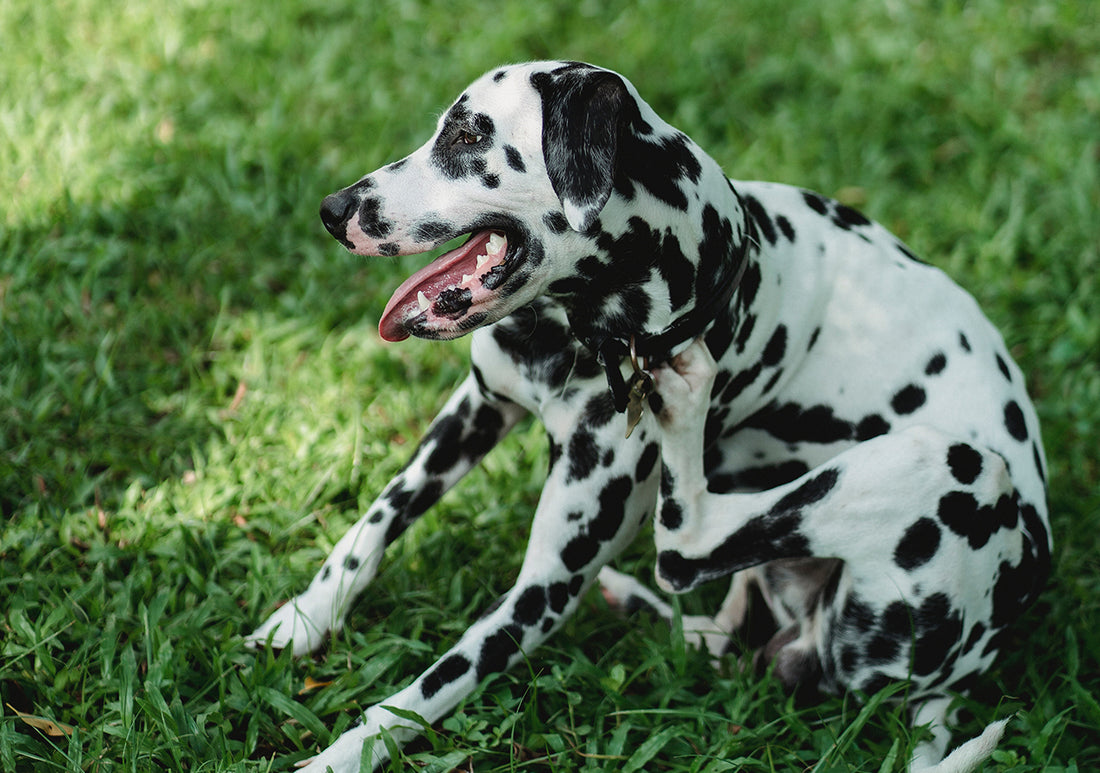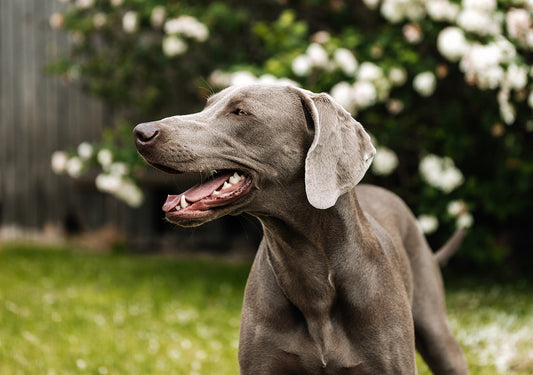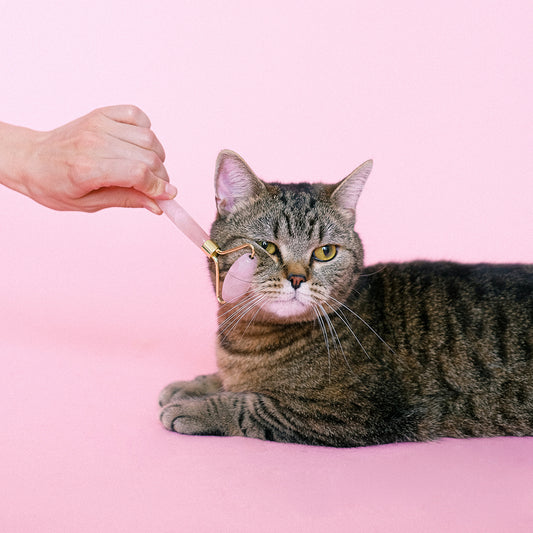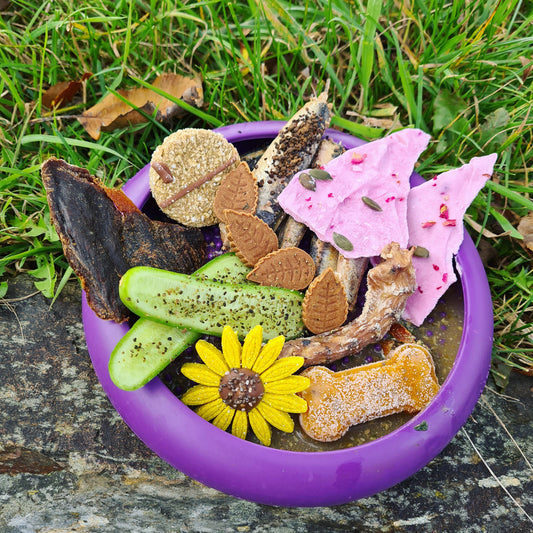Fleas are annoying little critters that irritate your pet, but they can also create more serious health issues for your pawed pal if not treated. For such a small creature, they can cause big problems. Stopping a flea infestation starts with understanding the flea's stupid life cycle!
FIRST THINGS FIRST, WHAT WE KNOW ABOUT FLEAS:
Fleas are tiny, wingless, external parasites from the order Siphonaptera. Adult fleas range from 2 to 4mm in length, are brown in colour and oval in shape. They have six, spiny legs, with powerful hind legs for jumping. Fleas are able to jump more than 200 times their body length. These tiny little blood suckers that can begin feeding on your pet in seconds, talk about being an uninvited guest!

THERE ARE 4 STAGES OF A FLEA'S LIFE
Fleas undergo a Complete Metamorphosis changing form a number of times during their life cycle. Completion of the life cycle from egg to adult varies from two weeks to eight months depending on temperature, humidity, food, and the type of flea species.
THE EGG
Within 24 hours of its first blood meal (yuck!), the flea can begin laying eggs and can rapidly reach a rate of 40 to 50 eggs per day. These eggs are light coloured and oval shaped, and can take 2 days to 2 weeks to hatch, depending on the environment.
LARVAE
Larvae look like translucent worms with small bristles. They are approximately 3mm long. Larvae may take several months to develop after hatching from eggs. They eat digested blood from adult flea faeces, dead skin, feathers, hair and other particles of organic matter. Once fully developed, larvae begin weaving a cocoon and become pupae.
PUPAE
Pupae grow to adult fleas inside a cocoon that sticks to pet hair, carpet fiber, dust, grass cuttings and other matter. Fleas grow best during warm, moist winters and spring. Pupae do not emerge from these cocoons until they detect a suitable host (for example, by sensing vibrations caused by humans or animals). Egg to pupa stages take approximately 5-14 days.
ADULT FLEA
Adult fleas may remain resting in their cocoon until they sense vibration (caused by movement), pressure, heat, noise or carbon dioxide. The ability to sense vibration explains why flea bites can occur after entering a house that has been unoccupied for some time. When adult fleas emerge from their cocoons, they are ready for their first blood feed, and can begin attacking your pet straight away. Adults are quite active, crawling and jumping in hair or fur!

HOW DID MY PET EVEN GET FLEAS?
-
Other Animals - Dogs in particular are social creatures that love to play and interact with other animals. Just a short little “hello!” sniff at the dog park with an infected pup is enough time for an opportunistic flea to jump from one dog to the other. If you’ve got a cat or dog that loves exploring, their wandering can also take them into territory where a wild animal like a possum, rabbit or rodent bearing fleas has been present, and allow them to pick them up that way, too.
-
At Home – Yes, really! The definition of an uninvited guest, fleas can easily make their way into our home by hiding in our clothes, riding in on visiting pets, and even thanks to the mice and rats hiding in the floors, walls and roofs of our houses.
-
Outdoors – While adult fleas don’t typically wander around freely outside due to their dependence on a host (they are parasites after all!), their eggs, larvae and pupae can be found outdoors in warm, sheltered environments. If you’re experiencing continued re-infestation and your pet spends a lot of time outside, in a kennel or dog bed, it might be the case that a flea has laid its eggs there.

HOW TO TREAT FLEAS IN YOUR HOME:
Treat the environment properly by vacuuming regularly for several weeks and thoroughly washing bedding and toys in hot soapy water to remove eggs, larvae, and pupae. Remember to empty the vacuum entirely, or seal and remove vacuum bags after a cleaning session. You can even encourage faster emergence of the remaining pupae with a humidifier and an increase in the home temperature. Once all the hibernating pupae have emerged, you can make sure they are all destroyed.
As pet owners, we can't wrap our pawed pals in cotton wool and keep them inside forever, hoping they will never be exposed to these pesky parasites - but one thing we can do, is treat them every month. Check out our personalised protection plans here!





